Fast Reveals Dynamic Evolution of Fast Radio Burst Close Environment
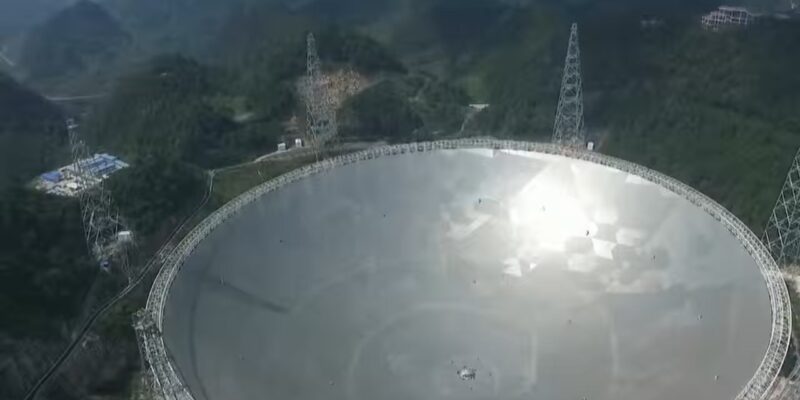
Overview
Fast radio bursts, or FRBs, are bright, powerful emissions of radio waves ranging from a fraction of a millisecond to a few milliseconds, each producing energy equivalent to the sun’s annual output.
Recent research suggested that some FRBs originate from magnetars, which are neutron stars with extremely powerful magnetic fields. A fast radio burst found in the Milky Way was associated with a magnetar, according to a 2020 study.
But scientists haven’t yet pinpointed the origins of cosmological FRBs, which are very distant at billions of light-years away. It’s a quandary that led an international team of scientists to see what it could learn from observations of nearly 1,900 bursts from an active fast radio burst source outside our galaxy called FRB 20201124A, according to a study published September 21 in the journal Nature[1].
FAST
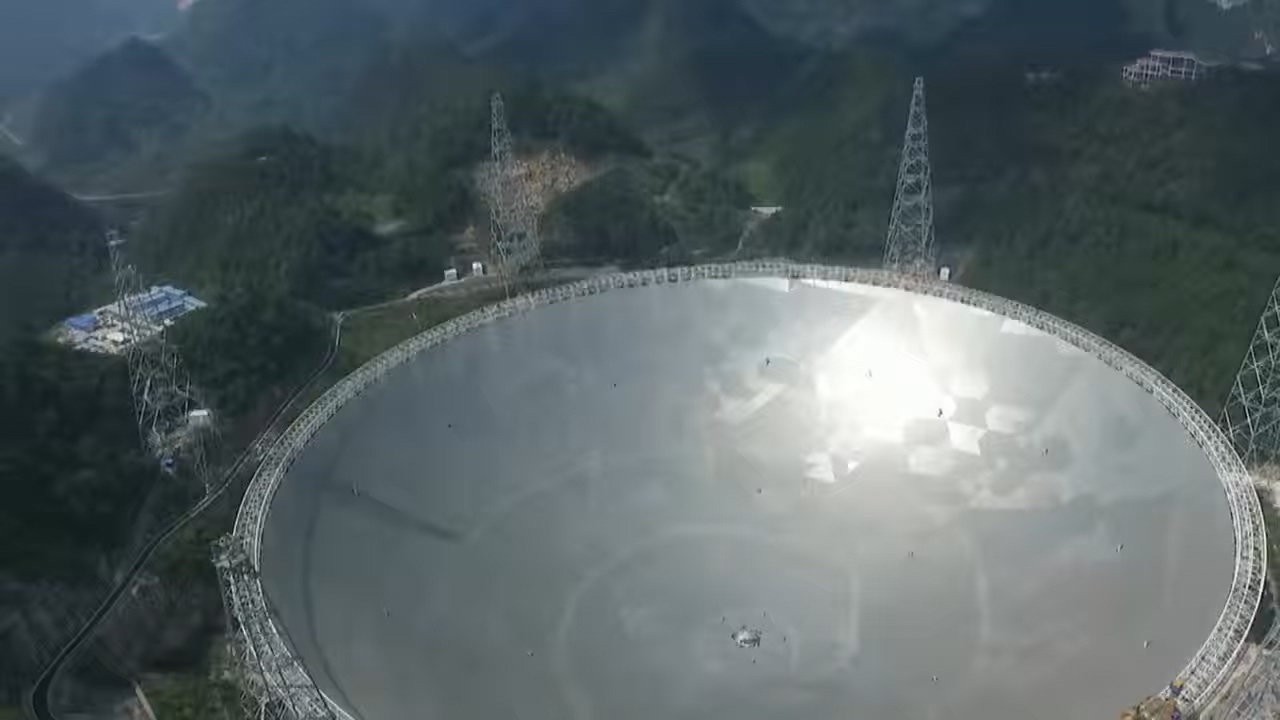
The Five-hundred-meter Aperture Spherical radio Telescope( FAST )
The Five-hundred-meter Aperture Spherical radio Telescope [2]( FAST; Chinese: 五百米口径球面射电望远镜 ), nicknamed Tianyan ( 天眼, lit. “Sky’s/Heaven’s Eye” ), is a radio telescope located in the Dawodang depression ( 大窝凼洼地 ), a natural basin in Pingtang County, Guizhou, southwest China.
FAST has a 500 m (1,600 ft) diameter dish constructed in a natural depression in the landscape. It is the world’s largest filled-aperture radio telescope and the second-largest single-dish aperture, after the sparsely-filled RATAN-600 in Russia.
Fast radio burst
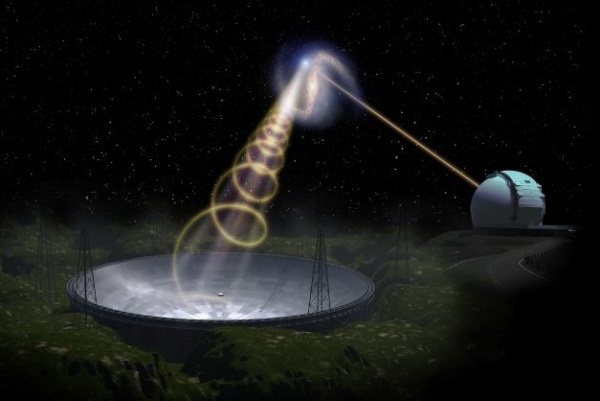
Artistic rendering of FRB and host galaxies.
In radio astronomy, a fast radio burst ( FRB )[3] is a transient radio pulse of length ranging from a fraction of a millisecond to 3 seconds, caused by some high-energy astrophysical process not yet understood.
Astronomers estimate the average FRB releases as much energy in a millisecond as the Sun puts out in 3 days.
Achievement
During the first 36 days, the study team was surprised to see irregular, short-time variations of the Faraday rotation measure, which measures the strength of the magnetic field and density of particles in the surroundings of FRB 20201124A. A larger rotation measure means the magnetic field near the radio burst’s source is stronger, denser or both, and a smaller measure means the opposite, Bing Zhang, a coauthor of the study and astrophysicist, said via email.

Short-time-scale evolution of Faraday rotation.
“This is not reflective of the beginning of the FRB’s (life span),” said Zhang, the founding director of the Center for Astrophysics at the University of Nevada, Las Vegas. “The FRB source has been there for a long time but has been dormant most of the time. It occasionally wakes up (this time for 54 days) and emits a lot of bursts.”
The measures went up and down during that time period, then stopped during the last 18 days before the FRB dampened — “suggesting that the magnetic field strength and/or density along the line of sight in the vicinity of the FRB source are varying with time,” Zhang added. “It suggests that the environment of the FRB source is dynamically evolving, with rapidly changing magnetic fields or density or both.”
“I equate it to filming a movie of the surroundings of an FRB source, and our film revealed a complex, dynamically evolving, magnetized environment that was never imagined before,” Zhang said in a news release.
A physical model that a different team of researchers made based on the observations of FRB 20201124A proposes that the FRB came from a binary system about 8,480 light-years away containing a magnetar and a Be star, a star that’s hotter and larger and rotates faster than the sun, according to a separate study published September 21 in the journal Nature Communications.
The radio burst’s complex, magnetized environment is within about an astronomical unit (the distance between Earth and the sun) from its source, the researchers found.
They also discovered that the burst originated from a barred spiral galaxy, which is metal-rich and similar in size to the Milky Way, by using the 10-meter Keck telescopes in Mauna Kea, Hawaii. The radio burst’s source is located between the galaxy’s spiral arms where no significant star formation is taking place, making it less likely the origin is solely a magnetar, according to Nature study coauthor Subo Dong, an associate professor at the Kavli Institute for Astronomy and Astrophysics at Peking University.
“Such an environment is not straightforwardly expected for an isolated magnetar,” Zhang said in a news release. “Something else might be in the vicinity of the FRB engine, possibly a binary companion.”
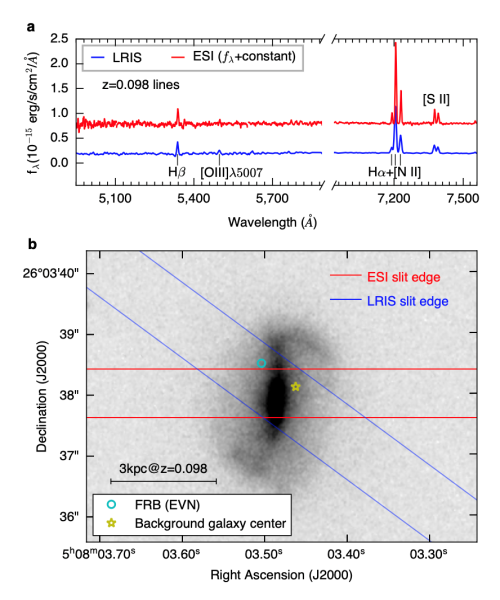
The team’s spectral and high-resolution imaging observations of the host galaxy of FRB20201124A with the Keck Telescope
The modeling study should encourage further searches for fast radio burst signals from Be star/X-ray binaries, the authors said.
“These observations brought us back to the drawing board,” Zhang said. “It is clear that FRBs are more mysterious than what we have imagined. More multi-wavelength observational campaigns are needed to further unveil the nature of these objects.”
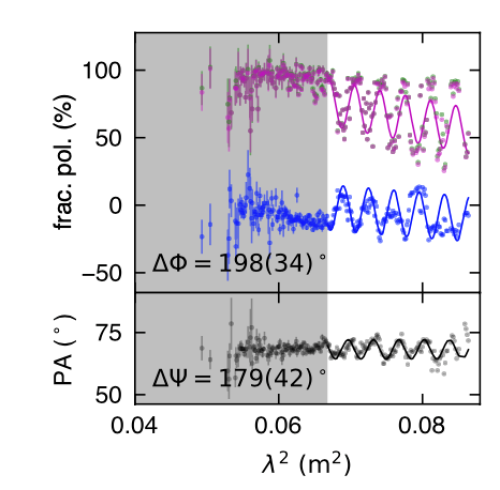
Oscillation of linear/circular polarization degree and polarization position angle detected in RB 20201124A
References:
[1]A fast radio burst source at a complex magnetized site in a barred galaxy | Nature
[2]Five-hundred-meter Aperture Spherical Telescope – Wikipedia
[3]Fast radio burst – Wikipedia
[4]Fast radio burst: Studies reveal details about the origin – CNN

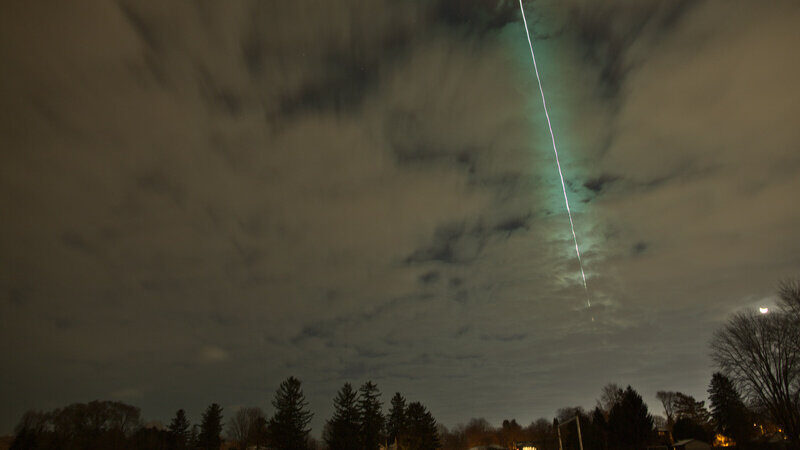

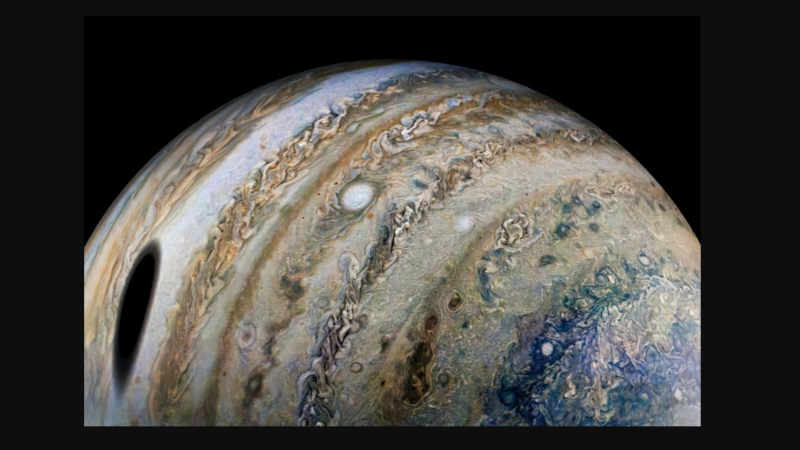
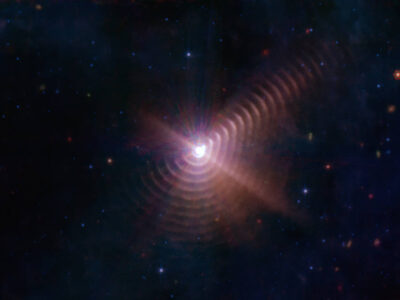
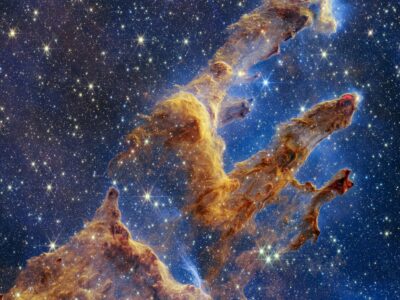
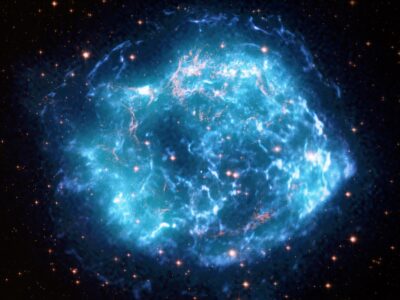
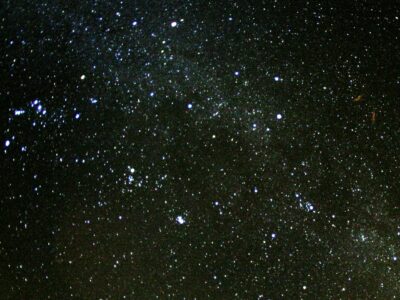



As expected of my eyes[Fast]✧ʕ̢̣̣̣̣̩̩̩̩·͡˔·ོɁ̡…